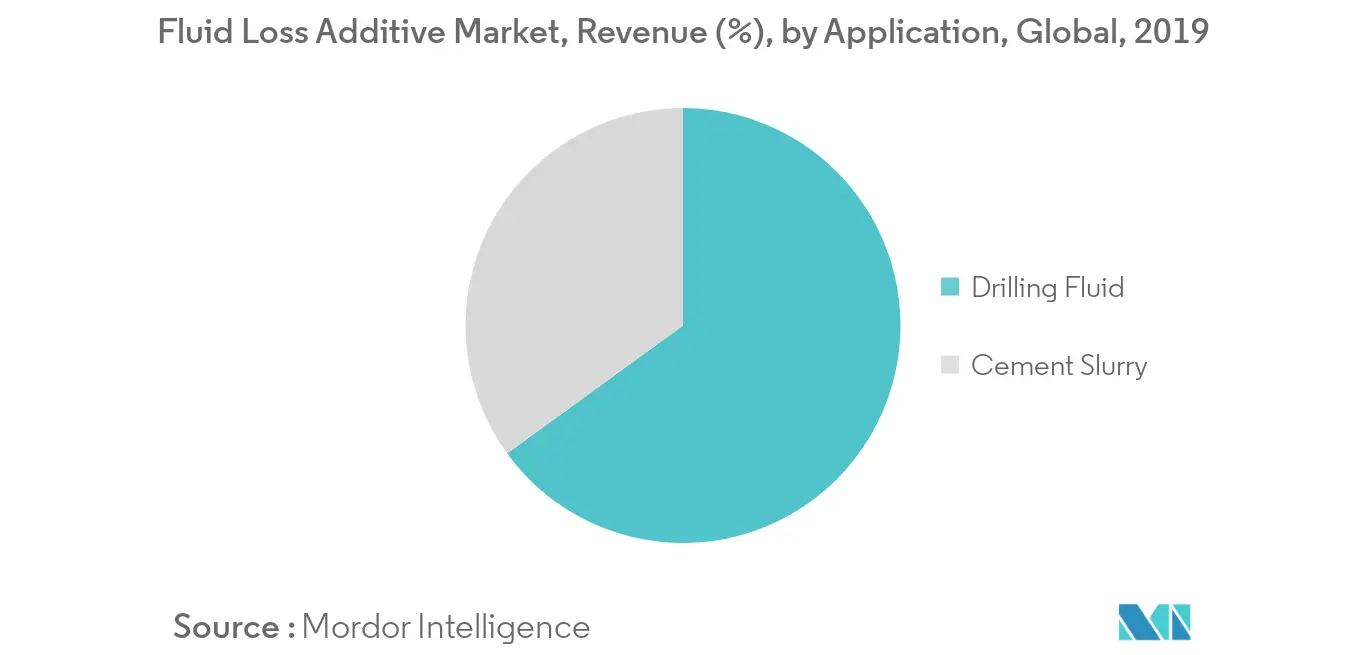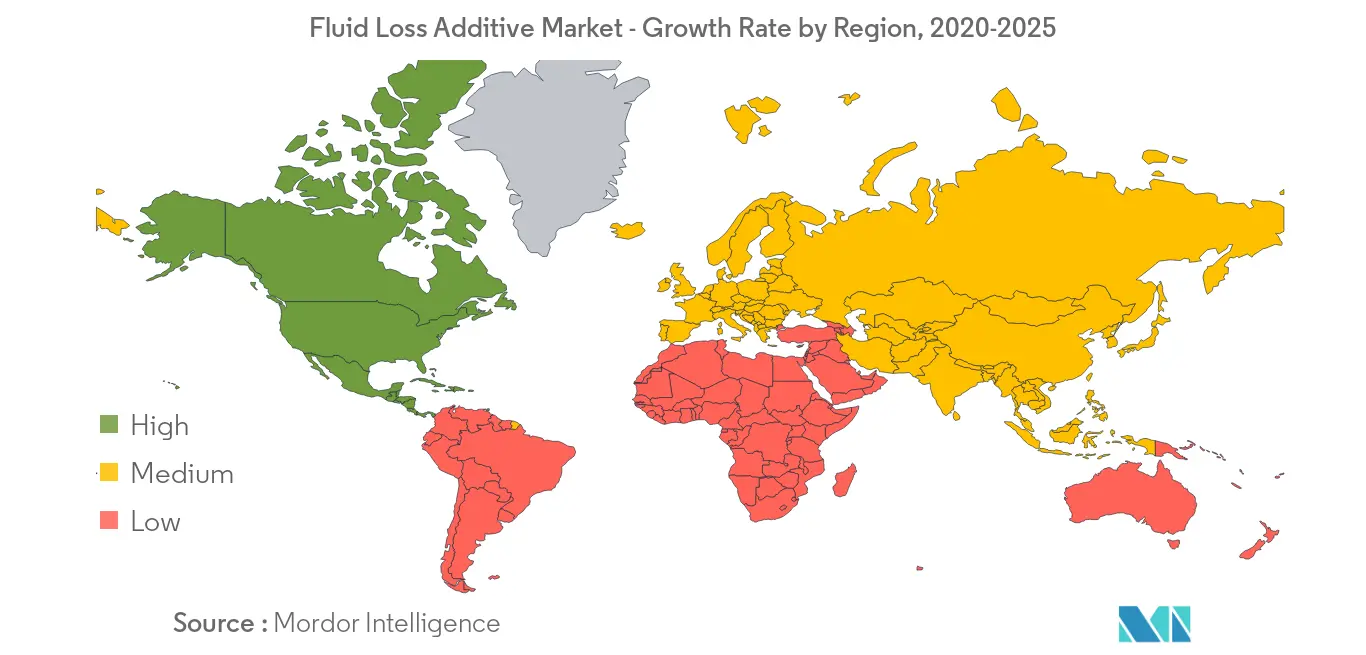Market Trends of Fluid Loss Additive Industry
This section covers the major market trends shaping the Fluid Loss Additive Market according to our research experts:
Drilling Fluid Application to Dominate the Market
- The fluid loss additives market is driven mainly by increasing shale gas production. The rising global demand for energy is a major factor contributing to the increasing shale oil and shale gas production.
- As the fluid loss additives play a key role in drilling and cementing of well, the rising crude and shale oil production is expected to boost the demand for these additives during the forecast period.
- Evolution and adoption of advanced technologies allowed extensive exploration activities to be carried out for non-oil sources, such as coal bed methane, shale gas, and several other unconventional resources.
- These exploration and production activities require advanced technologies, such as multi-stage hydraulic fracturing of horizontal wells. These tasks are accomplished with the help of different formulated drilling fluids that help in the maintenance of pump pressure and wellbore stable, and to avoid corrosion and friction.
- Additionally, the increasing shale gas exploration in the United States is increasing drilling fluid applications, hence, driving the fluid loss additives market.

North America Region to Dominate the Market
- The North American fluid loss additives market is estimated to witness the fastest growth during the period. The increasing consumption of well stimulation chemicals has a significant impact on the growth of shale oil and gas developments in North America.
- The United States is the largest producer of natural gas globally, and it has made hefty investments in unconventional drilling technologies, such as horizontal drilling and hydraulic fracturing, where fluid loss additives have a major role to play.
- The rising exploration in shale oil and gas reserves led to higher consumption of higher volumes of fluid loss additives.
- Advancements in horizontal drilling, hydraulic fracturing, availability of water for fracturing, and mineral rights licensing are some of the factors contributing to the swift development of crude oil reserves in the North American region.
- In 2019, the natural gas production in the United States grew by 9.8 billion cubic feet per day (Bcf/d) in 2019, showing a 10% rise over gas produced in 2018.
- The above-mentioned factors are expected to surge the consumption of fluid loss additives in North America during the forecast period.


